How to Apply for Grant Funding During COVID-19
Your agency is likely hurting. No matter what kind of funding you have or have not received as part of the new COVID-19 stimulus and grants, it’s probably not enough. For many of you, you’re also covering extra costs tied directly to public health response efforts. So getting additional resources is critical, and the clock is ticking as you scurry to write action plans, proposals, and grant requests.
As you work to respond to this crisis and think about building resilience, here are a couple of tips to consider for your next funding application. Of course, there is no one-size-fits-all approach to grant applications. But the following guidelines are based on conversations with friends and customers across the federal government.
We hope this helps you get the support you deserve.
You Need Better Data
You need two kinds of data. First, you need the kind that helps you assess priorities and filter through the chaos to find your community's most pressing needs. That data should allow you to benchmark, find opportunities, and show why your place matters. It should serve as the backbone of your funding proposals.
Second, you need success data. The facts that prove you're achieving your goals and making a difference so you can keep getting your funding.
Because whether your stakeholders are the federal government, the general public, or a charitable partner, (or all three), you need to be able to prove that your work is worth investing in.
The problem is getting that data.
For example, let’s say you want to compare your community with a couple of peer cities for a grant application. Your goal is to gather intel on: #1 Poverty by zip code, #2 food access by county, and #3 violent crime rates over time compared in a couple of different areas.
This time-lapse comparison video shows just how long it would take to find that intel via traditional methods. (Fair warning, it’s painful.) It also shows how much faster you can find the same information in a public service data management tool like mySidewalk.
Process A. results in one bar chart, one static picture of a map, and one (poorly labeled) time series. Process B. is almost five times faster and gives you beautiful interactive maps, plus bonus data.
As you can see from the comparison, cobbling together various data systems is a problematic approach at best. At worst, it’s a liability to your mission. Why?
- The sources are limited, which means you may not find the answers you need
- The data sets are often out of date, which is not especially helpful
- Gathering all the data is extremely time-consuming, time that you don’t have
- Since it’s a highly manual process, it’s prone to human error
- The information is out-of-context, which can make it hard to interpret and understand
So, for the sake of both your sanity and your grant requests, we highly recommend looking into a dedicated data management tool. Find one that pulls from all of the important public data sources, and is automatically updated. It should also provide performance tracking, so you can easily show progress against your goals. Specifics to look for include:
- Program reporting: objectives, spend, community feedback, and impact
- Social determinants of health (SDOH) indicators
- Economic development factors & risks
- Opportunity zone information
- Community resource deployment
- Resident satisfaction feedback
Key takeaway: to get more funding, you need the best data. Or, as a Fire Chief colleague said to me the other day, “The best data will always lead in a time of crisis.”
PDFS Aren't Enough
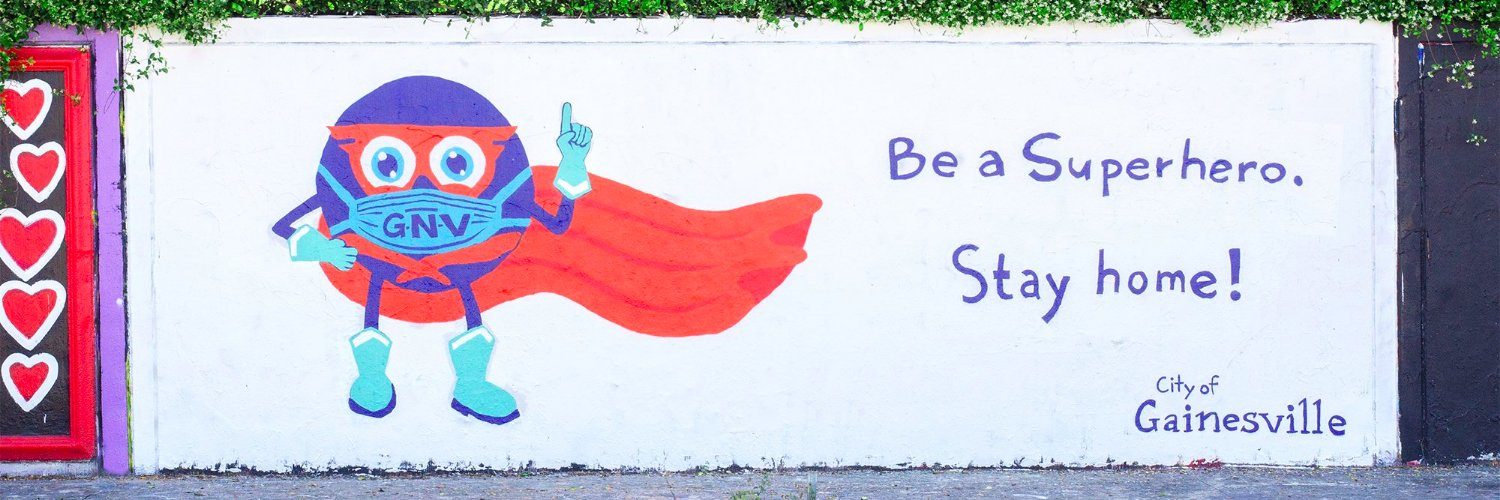 Image credit: the City of Gainesville Twitter account
Image credit: the City of Gainesville Twitter account
Last week I had the privilege of speaking with a former United States Department of Housing and Urban Development (HUD) administrator. I was interviewing her about Community Development Block Grant programs and learned two crucial things from our conversation.
First, the general public is often unaware of the activities that their dollars fund in their community, which becomes a problem if the public needs to vote to renew those programs. Likewise, too often charitable foundations, nonprofits partners, and developers aren't aware of many of the options available for partnership and investment.
The issue is transparency and engagement. This challenge isn’t unique to CDBG programs, it's an uphill climb for all agencies. You have to stand out and communicate what’s at stake if your application doesn’t get funded.
Case in point, for this former HUD Admin, if her program was not funded, countless vulnerable children would end up on the street. So what kept her up at night was the question: how do we tell a better story?
As we talked, the word story kept coming up; she wanted to know how her team could show the demographics of who they were serving. How could they show their community the value of their work, and how it impacted them?
Those are the right questions for anyone working in public service to ask. But a static PDF won’t answer them.
In other words, while you may have to submit your grant application via a templated PDF, if that same PDF is the story you share with the rest of your stakeholders, you won’t get much engagement.
Because let’s be honest, most people won’t even read a lengthy PDF, much less be inspired by it. Obviously, this is a big problem because, to get funding, your stakeholders have to buy-in to the value of your work.
Those who get substantial engagement and support are the ones who are thinking outside of the PDF.
For example, here are some mySidewalk customers who have taken their COVID-19 communication far beyond the status quo.
We were so impressed with the Navajo County Public Health COVID-19 dashboard we shared it on Twitter. And we weren’t the only ones. This particular dashboard has been featured on multiple news sources, which explains why this dashboard is now receiving thousands of views a month.
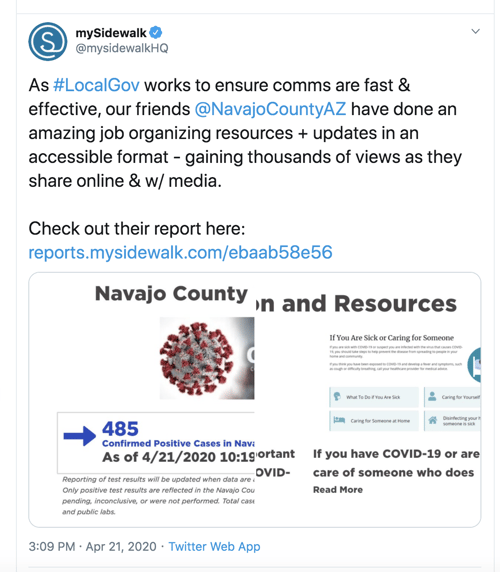
Why we love it: this dashboard is fantastic because it’s interactive, highly visual, practical, and frequently updated. Navajo Public Health is also using it to highlight local COVID-19 resources and response efforts. It’s a massive upgrade from the standard-issue website linked documents.
Likewise, we had to share our customer Turn the Page KC’s dashboard:
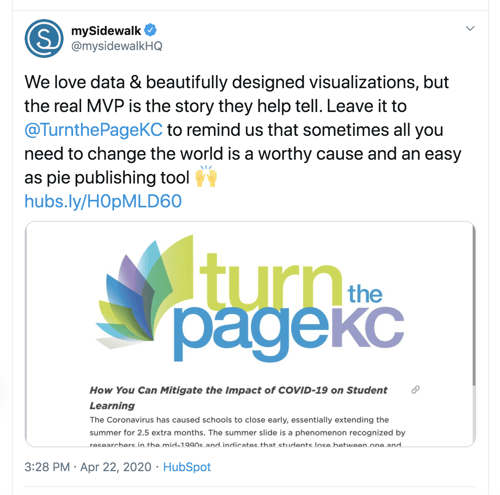
Why we love it: it’s the perfect example of a local nonprofit, having an impactful response amid a crisis. It’s useful because it’s both timely and interactive. The dashboard has great visuals and videos. Plus, it provides skimmable, high-level overviews with tailored deeper dives, showing how they're working with each school district, etc.
Another one of our customers, the City of Gainesville, Florida, is doing an awe-inspiring COVID-19 social media campaign, featuring “Captain Quarantine.”
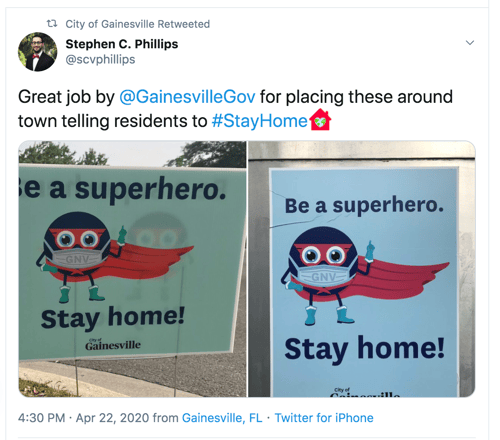
Why we love it: it’s fun! In a dark time, a little levity goes a long way. They’re also making folks who probably feel pretty helpless, remember they’re doing something important by staying in quarantine. The campaign is also multi-dimensional, they're turning it into videos, social posts, and physical signs. This creativity is paying off, as is evidenced by the enthusiastic responses.
Key takeaway: whatever data communication tool you use, it’s only valid if people actually engage with it. So make sure you use a platform that is interactive, visual and gives your work context, showing why your efforts matter. Remember, an engaging story begins by explaining why you're doing what you're doing and how your work impacts the daily lives of those around you.
When data meets stories, people are inspired to take action. And to give money.
Conclusion
There is no playbook for agencies on how to handle something like what we’ve all lived through over the last few weeks. But what we do know is, if you want more funding, you need both the best data and a compelling story about why your work matters.
One final note. Living through COVID-19 has highlighted many existing injustices in our communities. We’re so grateful for the public servants who are continuing the inequality conversation as the world responds to, and recovers from this crisis.
Thank you for your tireless efforts for the sake of others.
Share this
You May Also Like
These Related Stories
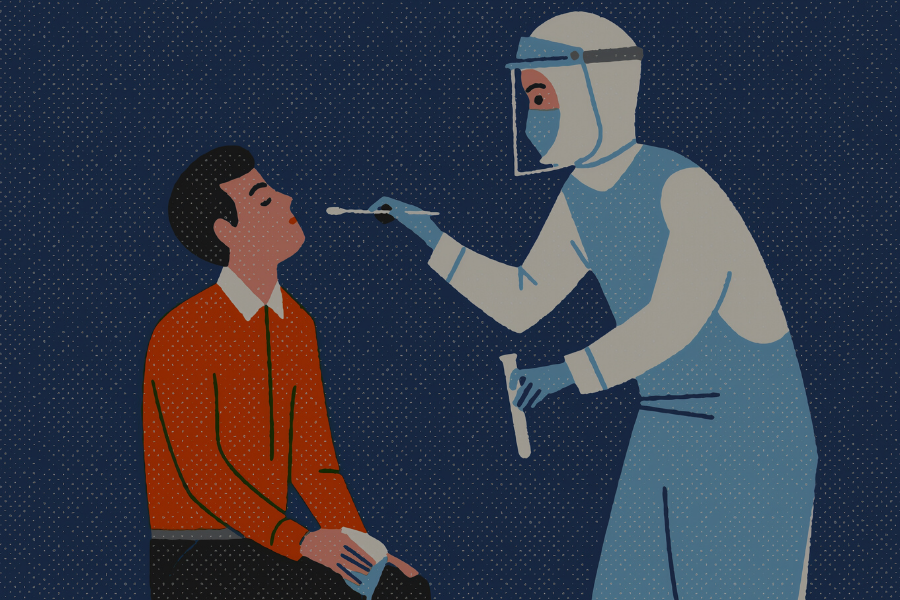
COVID-19 Affects People Differently Based On Where They Are

5 Remote Work Takeaways for Local Government
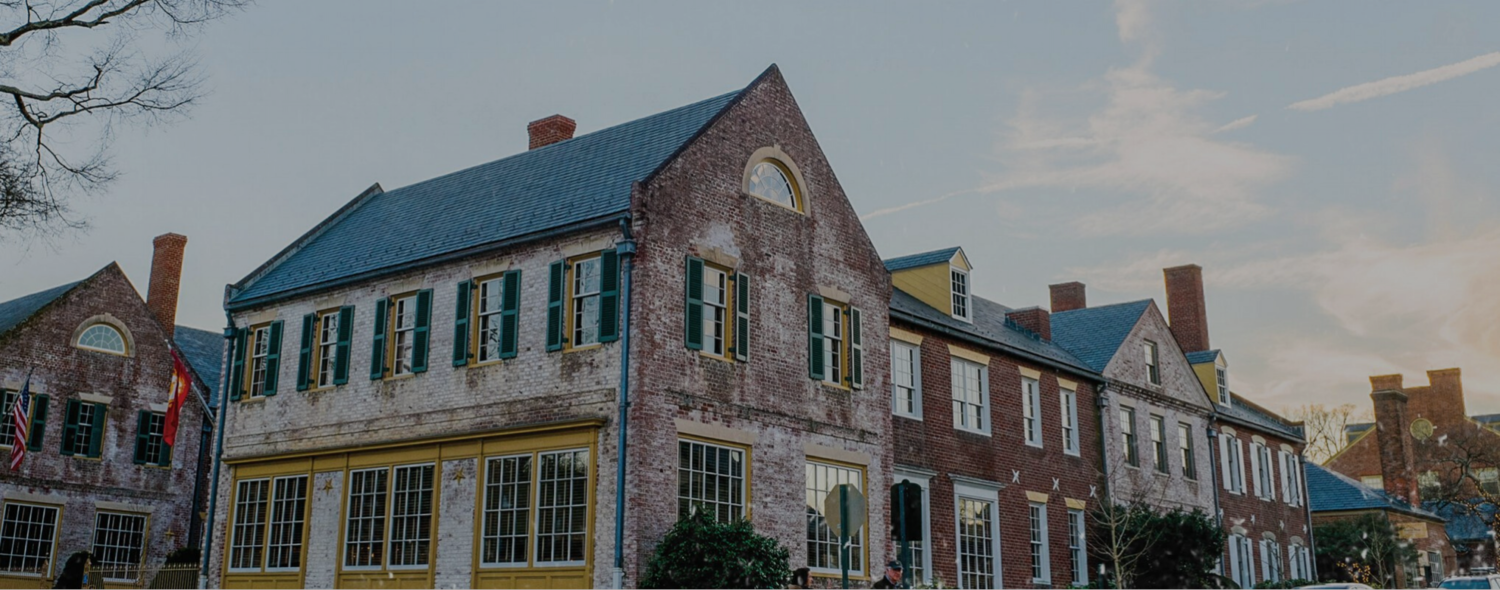

No Comments Yet
Let us know what you think